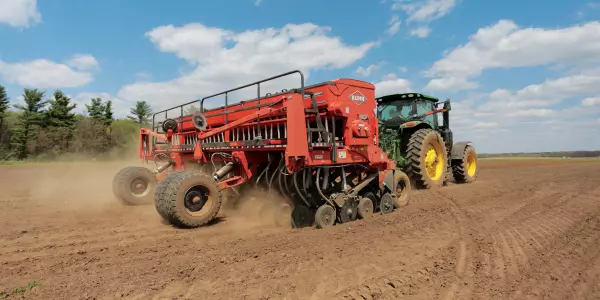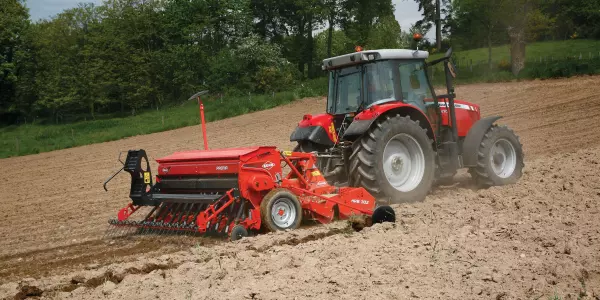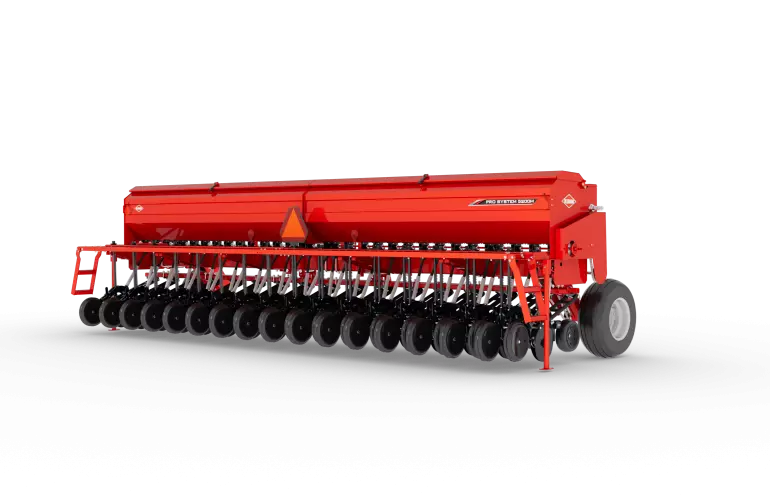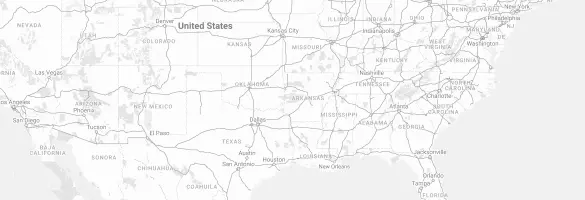
5200M
The KUHN 5200M mounted grain drill delivers precision, durability and versatility. Its innovative design ensures accurate seed placement and depth, ideal for crops like alfalfa. Available in 15' and 20' models with 6" and 7.5" row spacing options.






